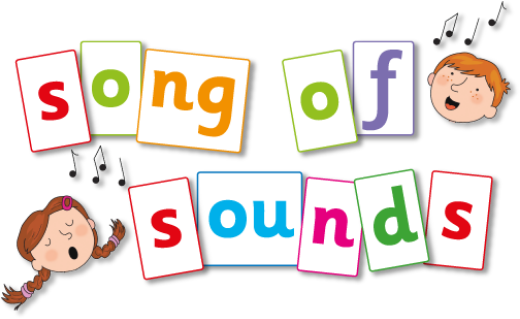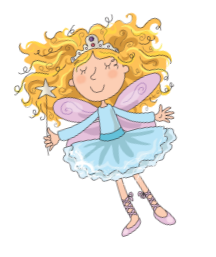Does Song of Sounds have matching decodable books?
 Yes! Song of Sounds are fully aligned with Big Cat Phonics for Letters and Sounds decodable readers. The books provide an exciting mix of fiction and non-fiction that will foster a love of reading in all children. The books are matched exactly to the Song of Sounds progression and are mapped through the programme. (See document below)
Yes! Song of Sounds are fully aligned with Big Cat Phonics for Letters and Sounds decodable readers. The books provide an exciting mix of fiction and non-fiction that will foster a love of reading in all children. The books are matched exactly to the Song of Sounds progression and are mapped through the programme. (See document below)
At every stage of the programme, the children should be provided with texts that fully decodable for them. This means they must be composed entirely of words made up of grapheme-phoneme correspondences and a small number of common exception words that the child has learnt up to that point.
How do I know when a child is ready to read?
Each week the programme teaches or revises a list of target grapheme-phoneme correspondences. However, this does not mean that reading books should automatically be given to children when they have learnt those GPCs that day or week, as that knowledge may not be secure. Books should be matched to children's secure phonic knowledge. This means they must have a secure knowledge of the GPCs and common exception words identified in each book, and they must be able to blend. As this happens at different times for children, some children will begin reading sooner than others. Any child who cannot blend needs additional blending practice every day until they can blend and then can begin reading using decodable books.
How do I know which books to allocate to pupils?
The programme includes regular assessment points, when teachers should spend time assessing children on a one-to-one basis, so they can determine their secure knowledge of GPCs and common exception words. Teachers can then use our sequence of progression for each stage to decide which decodable books they are ready for. For more information on using assessment to allocate decodable readers to pupils, go to our Assessment page here.
How should children practise reading?
Once children are ready to read, decodable readers can then be used either for home/school reading or for structured group reading sessions. Whichever way you teach reading, children practise reading in books matched to their secure phonic knowledge when reading words.
Children need to gain fluency in reading these GPCs in words through practice and so re-reading is important. They also practise the GPCs in words and short phrases or sentences in their daily phonics sessions. This repeated practice helps children get to the point of being able to read with fluency, so they are able to tackle appropriate decodable books with a feeling of success, rather than frustration.
As the children progress in their reading, they not only tackle more complex GPCs but also multi-syllabic words, compound words, contracted words and words with suffixes.
Top tips for Group Reading sessions
- Children can begin group reading sessions in Reception once they are able to blend.
- Group reading sessions should ideally be in small groups of up to six children who are all at the same level.
- Groups should be led by a trained adult.
- Group reading sessions should be 10-15 minutes long to start with and build up in length as the books become longer and more complex.
- You will have several groups of children in your class on different books.
- Books should be carefully matched to their secure phonic knowledge.
- Sessions should include time for grapheme practise, tricky word and blending practise, time to discuss unfamiliar vocabulary before reading independently and then finally together.
- The aim is 90% fluency - this means children should only need to decode one word in ten, the rest should be fluent.
- Children should follow up the group reading session by having the chance to take the book home to re-read.
Top tips for Reading at Home
-
Ensure that your class have access to both reading books and sharing books to take home:
Reading books - decodable reading books at the correct phonic stage for each child
Sharing books - books chosen by the child to read and enjoy at home with their family. They will not be able to read this independently! Parents should read it to or with them, with the focus on enjoying and discussing the story or facts. -
Engage parents in their child's reading journey as they can have a huge impact on their reading by reading at home. A welcome or information meeting at the beginning of the year is a great way to get parents on board!
-
Ensure the books are carefully matched to each child’s current reading level. If they are reading it with little help, don’t worry that it’s too easy – remember they need to develop fluency and independence in reading. This builds confidence and a feeling of success!
- Teachers and parents alike should always remember to give them lots of praise – celebrate their success! If they can’t read a word, don't let them struggle, read it to them. Make time for book talk and discussion at the end of the read.




